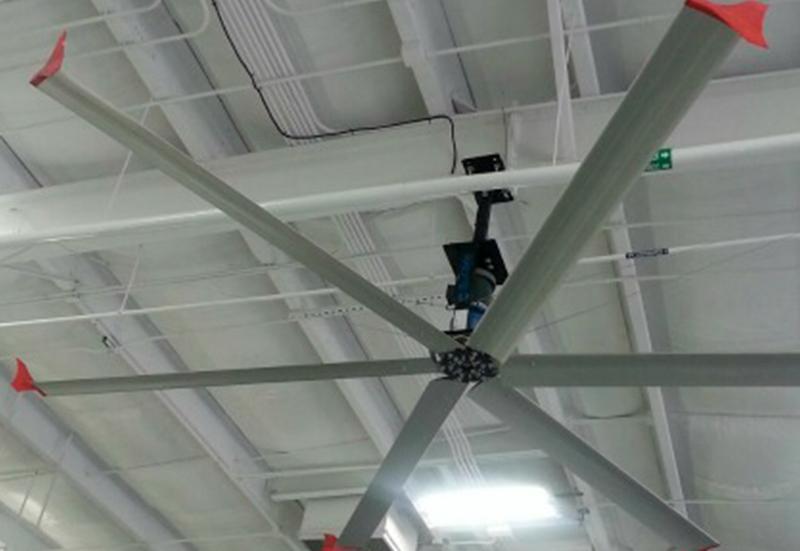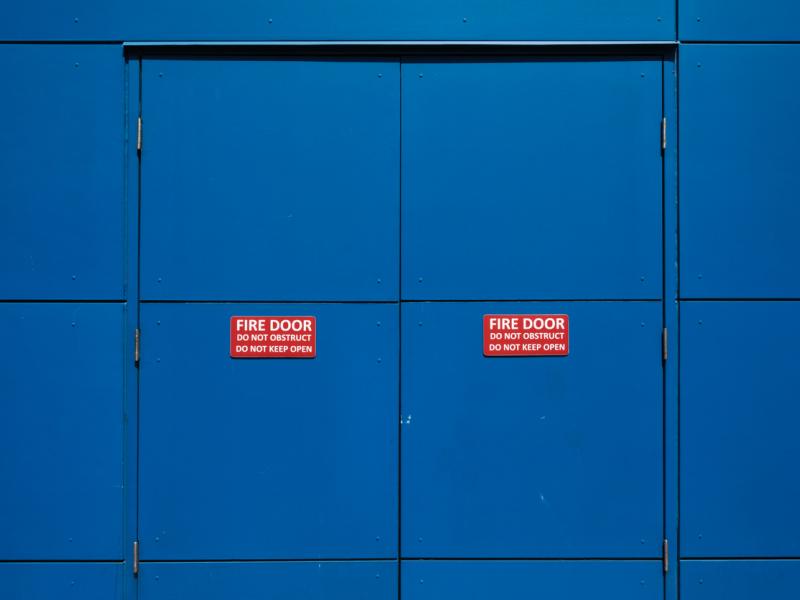It’s official! New Zealand has just sweltered through the hottest summer since records began 84 years ago. And it is a trend that is expected to continue, so now it the time to get a head start on next summer in making sure your workplace and your employees are cool, comfortable and, therefore, productive.
Air conditioning is popular but high volume low speed fans (HVLS) increase air movement and can cost-effectively augment occupant comfort or prevent stratification. Unlike a small, high-velocity fan that creates small, turbulent air streams that quickly disperse, an HVLS fan relies on size, not speed, to move a significant amount of air. Most HVLS fans are more than 2.1m in diameter.
An HVLS fan moves air towards the floor in a column that rolls in all directions until it reaches a wall or airflow from another fan. This causes the hot air to go upwards and back towards the blades, and the cold air to sink, making a cool breeze of up to 5mph send a comfort wave. To humans, this draught has a percieved cooling effect of up to 10°C. (During winter, HVLS fans effectively redistribute warm air trapped at the ceiling down to floor level.)
HVLS’ are popular in the United States, and increasing well-regarded in Australia while in New Zealand they are also gaining a following.
SkyBlade Fans, manufactured in the USA, are specially designed fans with aeronautical STOL technology that improve overall comfort by creating a gentle breeze over a wide area that utilizes the natural cooling mechanism in the body to make us feel up to cooler.
Here are examples on how to cut costs with SkyBlade HVLS Fans:
Operating on its own: HVLS fans replace the stale air and increase evaporation from skin. Perceived temperatures are 7–10 degrees lower. Productivity rises. No need to cut operating hours during heat waves.
Operating with heating: Using heating less thanks to destratification, which means less noise from operating heating units and up to 20 percent savings on heating costs.
Operating with HVAC: Thermostat of the air-conditioning unit can be set 5–7°C warmer without noticed difference. HVAC system can be operating for fewer hours, which allows saving up to 30 percent on cooling costs.
Using HVLS instead of standard fans: less noise, less energy consumption, less waste. 1 20’ HVLS can replace six standard 3’ fans operating at high speeds, providing up to 90 percent reduction in electricity consumption.
Using HVLS for removing condensate: moving dry air eliminates condensation problem on the floor, protects surface from rust, products from discoloration, equipment from damage and corrosion and creates safer environment for people and animals.
Using HVLS to protect buildings: prevent growth of mould, mildew and bacteria associated with high humidity, which eliminates health and safety concerns and unnecessary renovations.
Contact Paul Bowie at Nu-Way Energy on +64 9 2745111 or visit our web site www.nuwayenergy.co.nz






